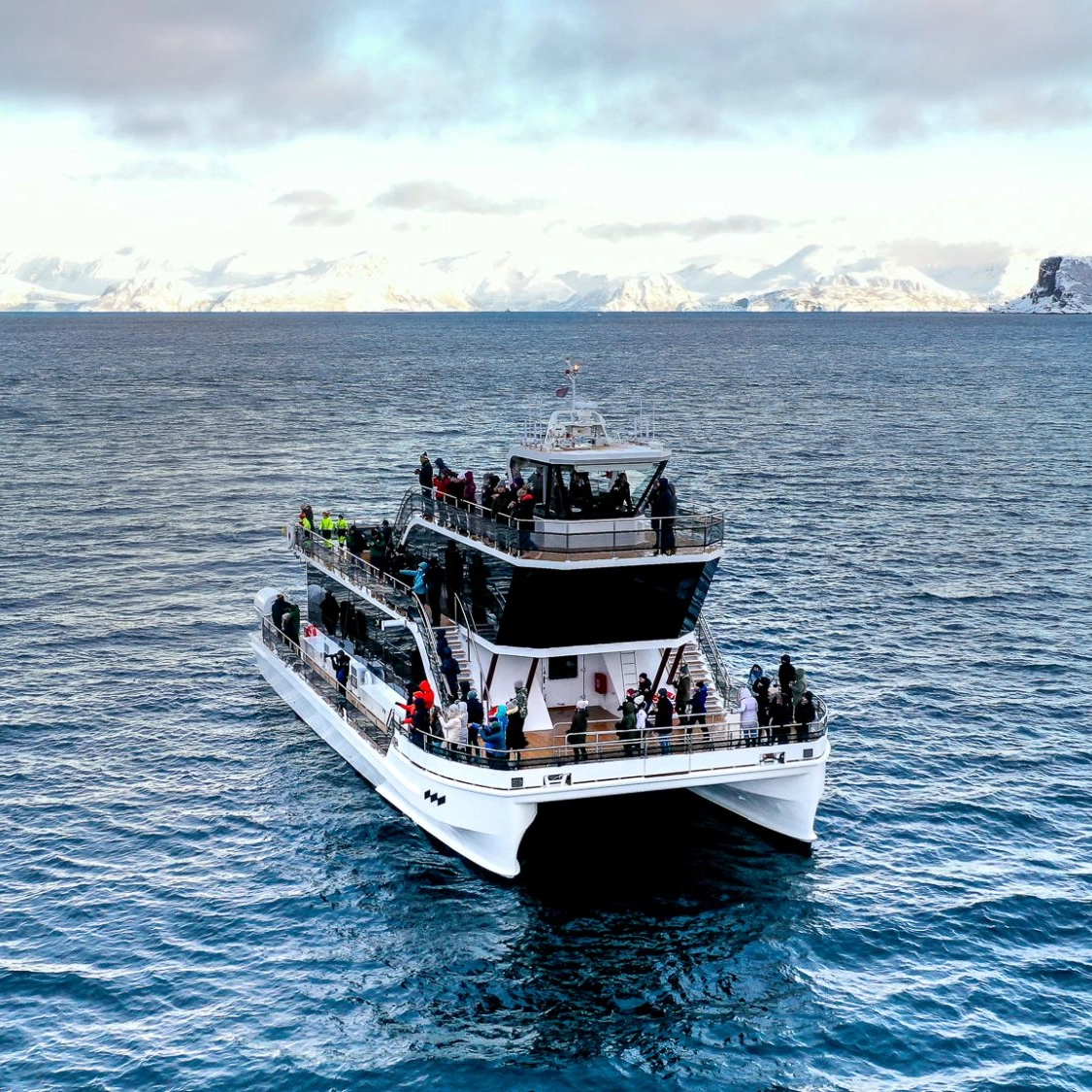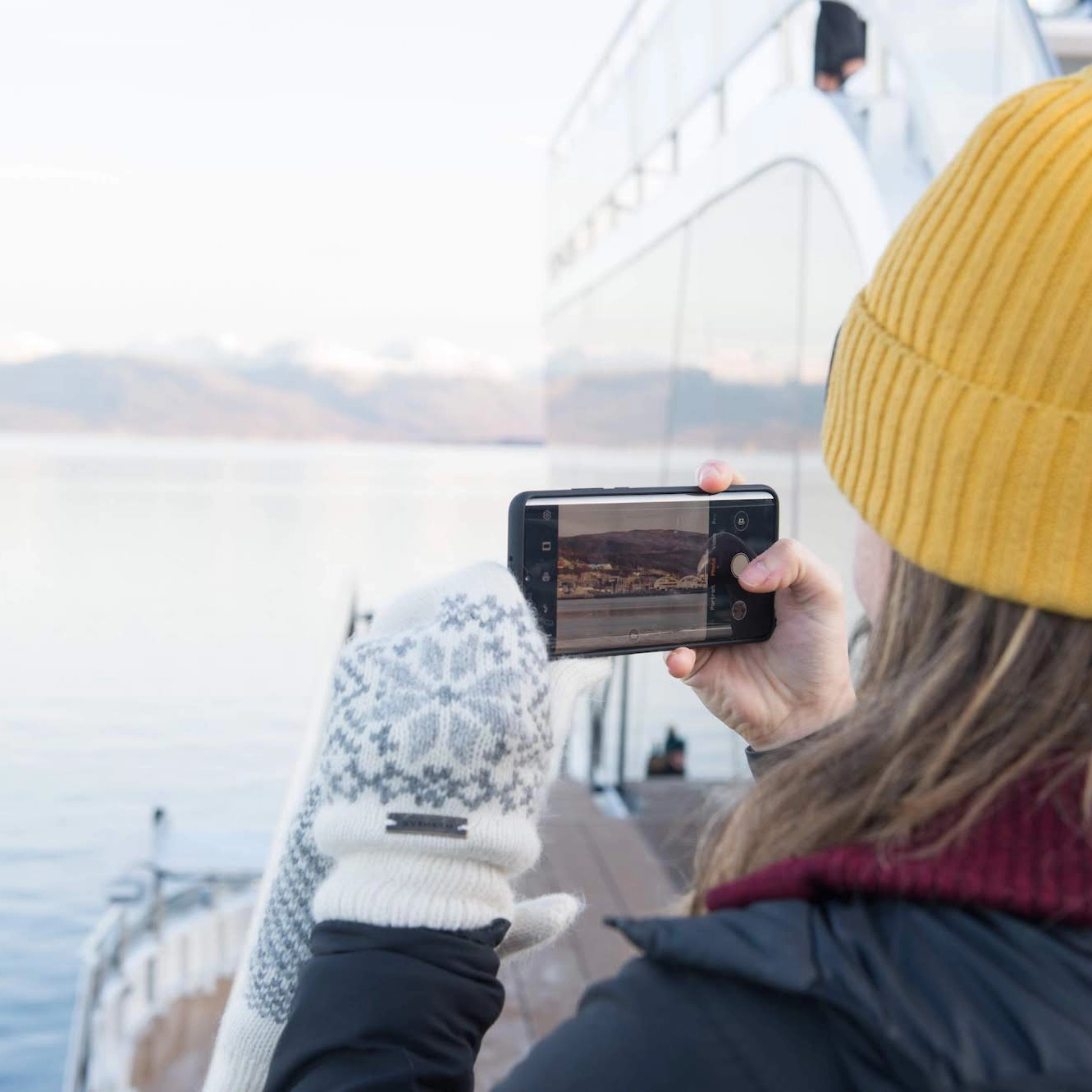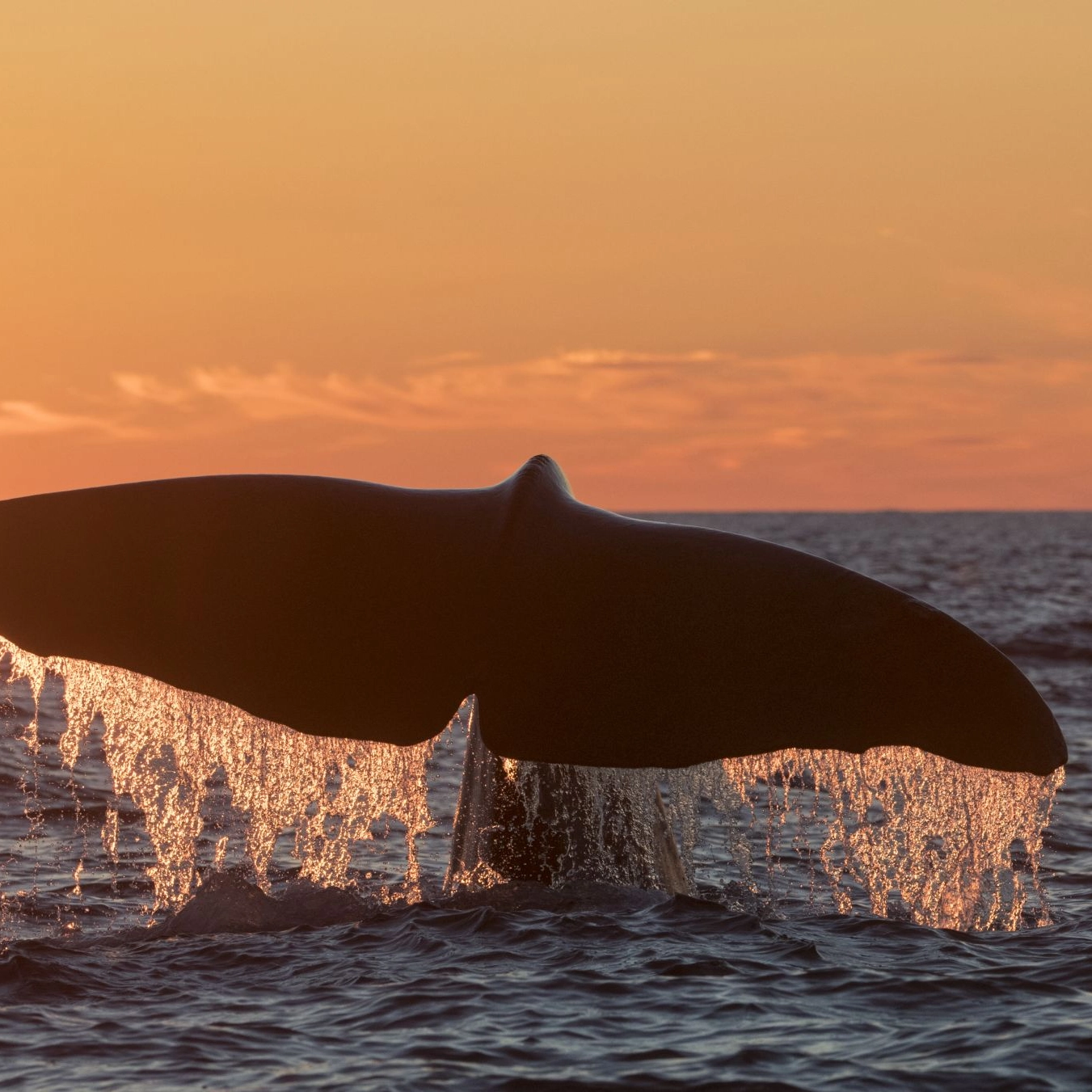Wildlife Safari

If you want to experience exciting, wild animals in Norway, then you should go on a wildlife safari. You can see bears, musk ox, wolves and whales here!

Activities
Articles

What Are the Benefits of Bird Watching?
Every year, millions of people trek through the great outdoors to bird watch. Bird watching is growing more and more popular in Norway due to the staggering amount of natural splendor the country has to offer. Lucky for avid bird watchers, an abundance of natural splendor equals thriving wildlife.

Whale-spotting in Norway
There are plenty of fantastic outdoor activities in Norway, but whale-watching is undoubtedly one of the most interesting. Norway is one of the best places to see whales, and tourists from both near and far have travelled to Norway to catch a glimpse of these fascinating creatures.


